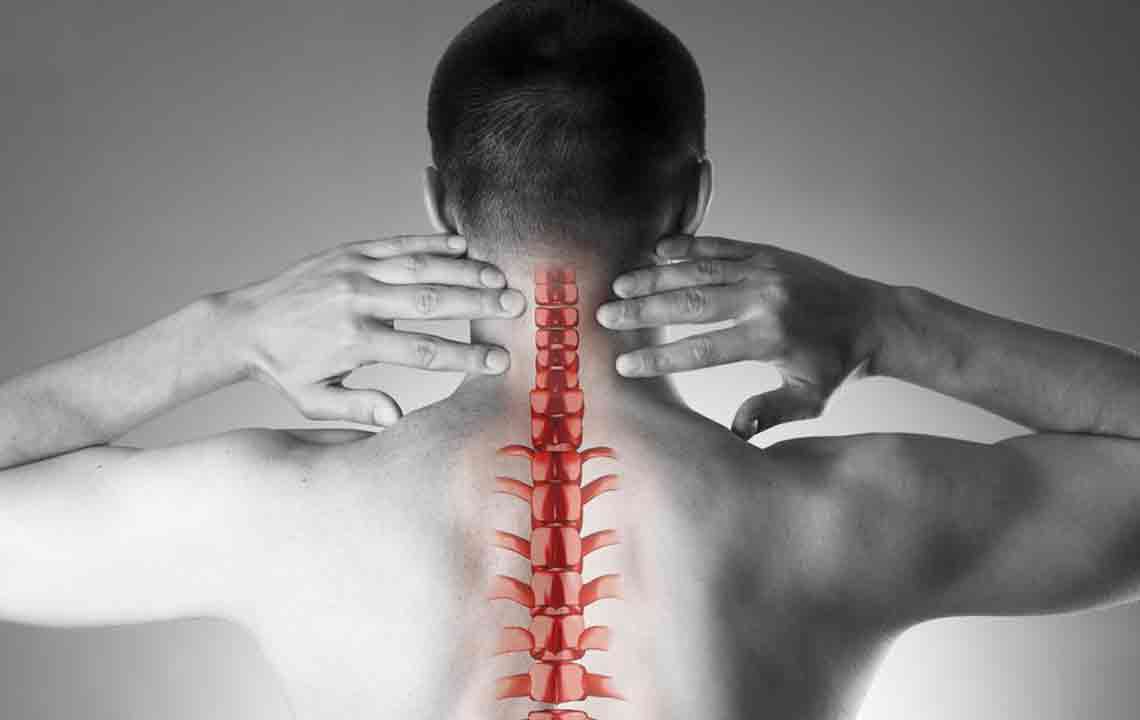Comprehensive Guide to Spinal Stenosis: Causes, Prevention, and Lifestyle Tips
Spinal stenosis involves the narrowing of the spinal canal, often due to age-related degeneration, causing discomfort and nerve issues. While aging cannot be prevented, lifestyle modifications like regular exercise, proper ergonomics, and safe lifting practices can effectively reduce risks. This comprehensive guide covers causes, prevention strategies, and daily habits to promote spinal health, helping individuals maintain mobility and reduce pain. Adopting these proactive measures is essential for spinal longevity and overall well-being, especially as one ages.

Comprehensive Guide to Spinal Stenosis: Causes, Prevention, and Lifestyle Tips
Spinal stenosis is a medical condition characterized by the narrowing of the spinal canal, which can lead to significant discomfort and neurological symptoms. This condition occurs when the spaces within the spine decrease, pressing on the spinal cord and nerve roots. Such pressure can result in pain, numbness, tingling, and weakness, often radiating to the limbs. Understanding the underlying causes, risk factors, and effective prevention strategies is crucial for maintaining spinal health and preventing mobility issues later in life.
One of the primary contributors to spinal stenosis is age-related degeneration. As we age, the spinal discs lose fluid and elasticity, the bones may develop spurs, and ligaments can thicken, all contributing to narrowing of the spinal canal. Although aging is an inevitable process, adopting proactive lifestyles can significantly mitigate the progression and severity of symptoms associated with spinal stenosis.
Prevention Strategies for Spinal Stenosis
While certain risk factors such as genetics and aging cannot be entirely avoided, there are numerous lifestyle modifications and habits that can reduce the likelihood of developing this condition or delay its progression. Maintaining spinal health involves a combination of exercise, ergonomics, and daily routines designed to reduce stress on the spine.Being mindful of your daily habits can make a significant difference in spinal health. The following are some essential tips and guidelines to help you protect your spine effectively:
Maintain Regular Physical Activity - Engaging in consistent, low-impact exercises like swimming, walking, or yoga strengthens the muscles supporting the spine, enhances flexibility, and promotes good posture. Regular activity also helps control body weight, which reduces stress on the spinal column. Strong muscles act as natural support systems, decreasing the likelihood of nerve compression caused by degenerative changes.
Avoid Prolonged Sitting - Extended periods of sitting put excessive pressure on the lumbar spine, especially if the sitting posture is poor. To prevent this, take short breaks every 30 minutes to stand, stretch, or walk. Use ergonomic chairs with proper lumbar support and position your workstation to promote an upright posture. Proper ergonomics and movement help maintain spinal alignment and prevent compression-related issues.
Practice Safe Driving Habits - Long hours spent driving can contribute to back strain if not done correctly. Adjust your car seat so that your back is well-supported, with the seatback tilted approximately 100 degrees. Use lumbar support if available, and avoid slouching. Frequent breaks during long drives reduce muscle fatigue and spinal stress, helping preserve spinal integrity.
Use Appropriate Sleep Support - Sleep positions and mattress quality significantly impact spinal health. Sleep on a firm mattress that offers adequate support to maintain the natural curve of your spine. Side sleeping with a pillow between the knees or on your back with a rolled towel under the lumbar region can help keep the spine aligned. Avoid sleeping on very soft mattresses that cause your body to sag, leading to improper spinal alignment and stiffness upon waking.
Lift Properly and Safely - When lifting heavy or awkward objects, adopting correct techniques is vital to prevent injury. Bend your hips and knees, keep your back straight, and lift with your leg muscles rather than your back. Avoid twisting your torso during lifts and ensure the load is close to your body. These practices distribute the weight evenly and reduce unnecessary strain on your spinal discs and ligaments.
Implementing these healthy habits consistently can dramatically promote spinal longevity, reduce the risk of stenosis, and ensure a pain-free, active life. While some risks are unchangeable, such proactive measures empower you to take control of your spine health and enjoy a better quality of life well into older age.





